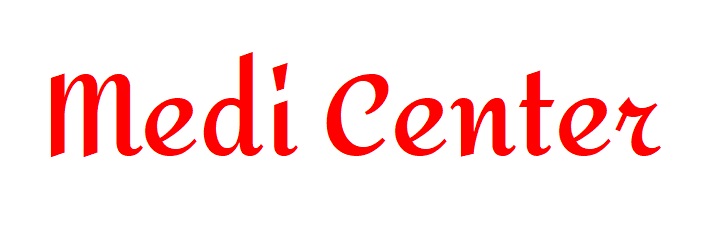What Age Does Benign Prostatic Hyperplasia (BPH) Typically Occur?
Benign prostatic hyperplasia (BPH) is common after age 50. Learn about its symptoms and advanced treatment options like TURP, HoLEP, and Rezum for better outcomes. Discover the causes, symptoms, and cutting-edge treatments for benign prostatic hyperplasia (BPH). Explore innovative methods like HoLEP and Rezum for effective relief.

What Age Does Benign Prostatic Hyperplasia (BPH) Typically Occur?
Understanding Benign Prostatic Hyperplasia
Benign prostatic hyperplasia (BPH), or non-cancerous enlargement of the prostate gland, is a common condition that usually occurs after age 50. This condition arises when the inner glands of the prostate enlarge, compressing the urethra beneath the bladder and reducing urinary flow.
Patients often experience increased difficulty urinating, which can lead to incomplete bladder emptying. If left untreated, this may result in complications such as bladder stones, urinary tract infections, and even kidney dysfunction.
Symptoms and Treatment Options
First-Line Treatment: Medication
For most patients, medication is the primary treatment option. However, for those who do not respond to medication or experience side effects, surgical options are available.
Surgical Interventions
- Open Prostatectomy: Ideal for larger prostates (80–100 grams). Though effective, it involves longer recovery times and higher blood loss.
- Transurethral Resection of the Prostate (TURP): A minimally invasive procedure using electrical energy to remove prostate tissue. Suitable for prostates measuring 30–80 ml.
- Transurethral Incision of the Prostate (TUIP): Effective for smaller prostates (<30 ml) without affecting ejaculation, making it a preferred choice for younger patients.
Laser-Based and Innovative Treatments
- Laser Vaporization (Greenlight): Designed to widen the urethra by vaporizing adjacent prostate tissue, particularly for patients on blood thinners.
- Holmium Laser Enucleation of the Prostate (HoLEP): A minimally invasive technique offering an alternative to open prostatectomy for larger prostates. It uses high-energy lasers to remove obstructive tissue with minimal blood loss.
- Thulium Laser Enucleation of the Prostate (ThuLEP): Similar to HoLEP but uses Thulium laser technology for precise removal.
Ablative Therapies:
- Rezum: Uses thermal water vapor to treat prostate tissue. Ideal for older patients who cannot undergo general anesthesia.











